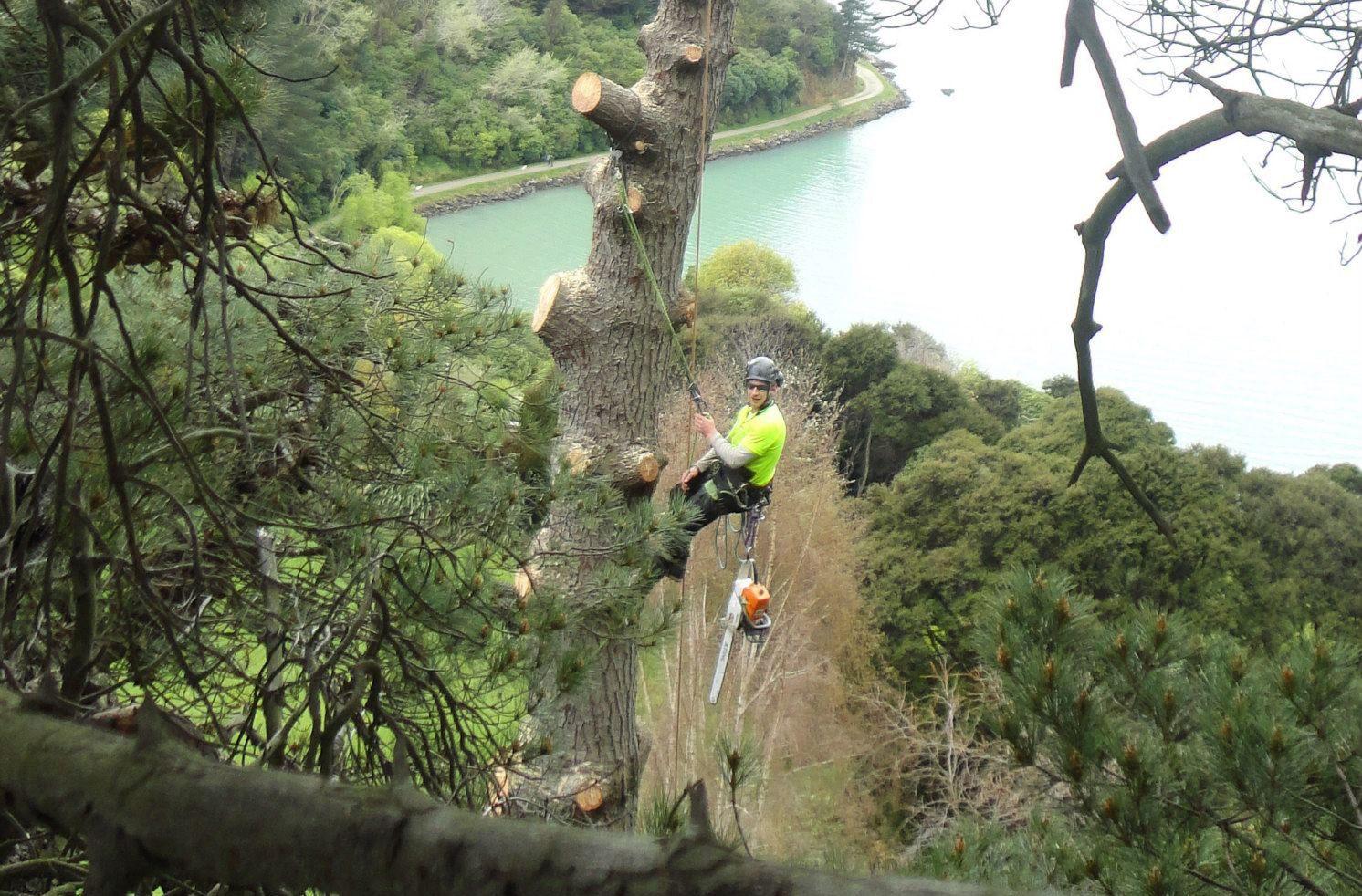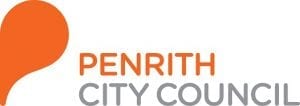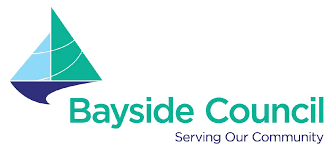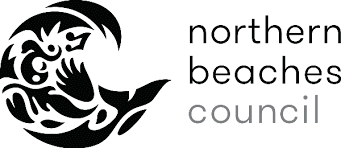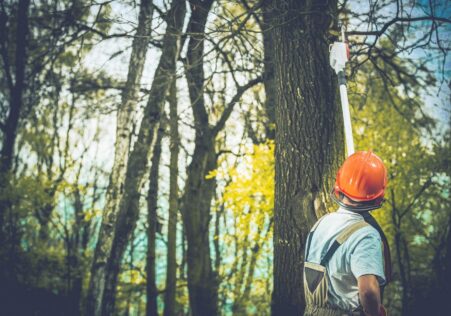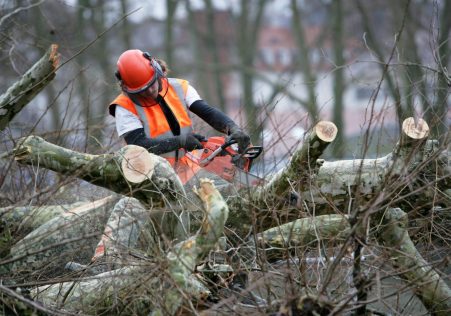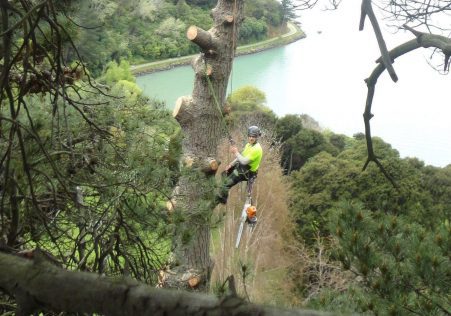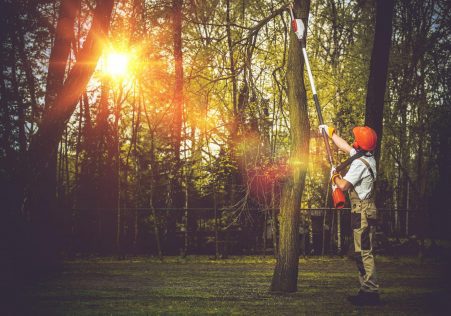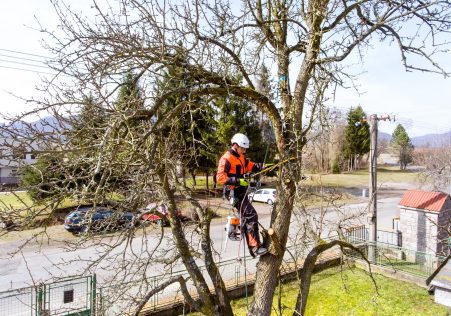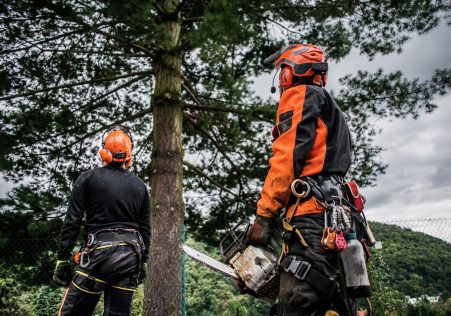Expert Checklist: How to Tell if a Tree Needs to be Cut Down
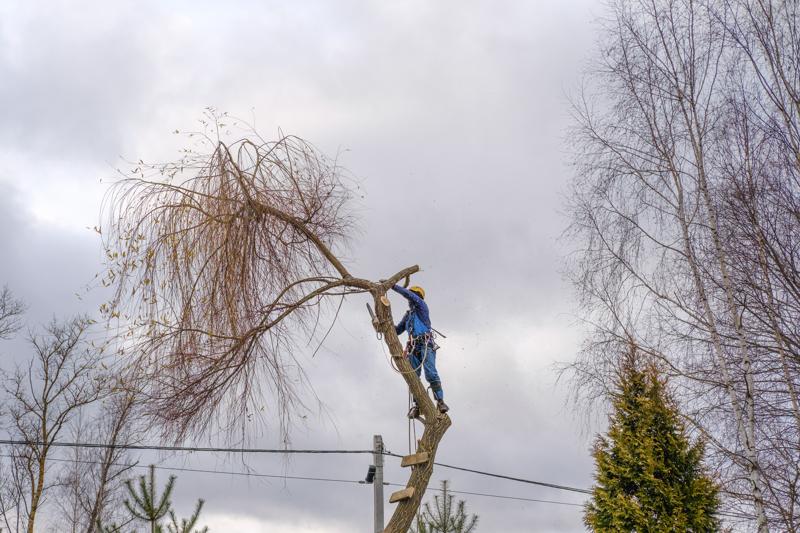
Tree removal is a complex and potentially dangerous task. If a tree is dying or ill-healthed, or is at risk from falling down, then it could require removal to avoid damage to the property and to guarantee safety. But how can you tell if a tree needs to be removed? In this article, we’ll walk you through the warning signs to look out for and help you determine whether it’s time to call experts.
Dead or Dying Trees
One of the evident signs that a plant must be taken down is when it is dead or dying. Dead trees do not have leaves and can appear dead. If a tree doesn’t have leaves or evidence of new growth, it’s probably dead. In addition, the bark of a dead tree could be cracked, dry, or peeling.
Trees with diseases
Trees with diseases may pose a threat to other trees and plants in the area. The signs of disease that are common for trees include yellowing leaves, wilted branches, and mushrooms growing at the bottom and the top. If you think your tree may be diseased, it’s important to get it checked by an arborist who is a professional.
Leaning Trees
TreesLeaning trees towards one side could be an indication that the root system is failing, and the tree may be at risk of falling. To find out if a tree that is leaning is at risk, look for cracks or breaks in the trunk, and then look at the soil at the base of the tree. If you spot any of these indicators it is recommended to have the tree evaluated by an arborist.
Overhanging Branches
Trees with overhanging branches which are located close to power lines or buildings can pose a risk to property and safety. If you are concerned regarding branches that hang overhanging, it’s best to be evaluated by an arborist who can determine if pruning or removal is required.
FAQs
What can I do to tell when a tree has died?
A tree is considered dead if it is without leaves and shows no evidence of growth. Additionally, the bark of dead trees may be dry, cracked, or peeling.
What are the warning signs of a dying tree?
Common signs of disease in trees are the appearance of yellowing leaves, wilted branches, and mushroom growth at the bottom of the tree.
Can you safely remove the tree by yourself?
Tree removal is a difficult and possibly dangerous job. It is best to leave the task to professionals to ensure the safety of you and your family members.
Conclusion
When it comes to tree removal, you need to be able to recognize the signs that a tree needs to be removed. If you are aware of indicators of dying or dead trees, sick trees, tree leaning, and hanging branches, you can take steps to ensure the safety of your property and those surrounding you. If you suspect that the tree that is on your property must be removed do not hesitate to reach out to Hawkesbury Tree Removal for a professional evaluation. Our highly trained arborists are equipped with the knowledge and experience to meet your tree removal needs. Don’t risk your security. If you think the tree that is on your property needs to be removed, contact Hawkesbury Tree Removal today for a professional assessment. Our experienced arborists can provide you with the security which comes from knowing that your property is safe in the hands of our experts. Contact us today at 0480 024 203 to schedule an appointment.

